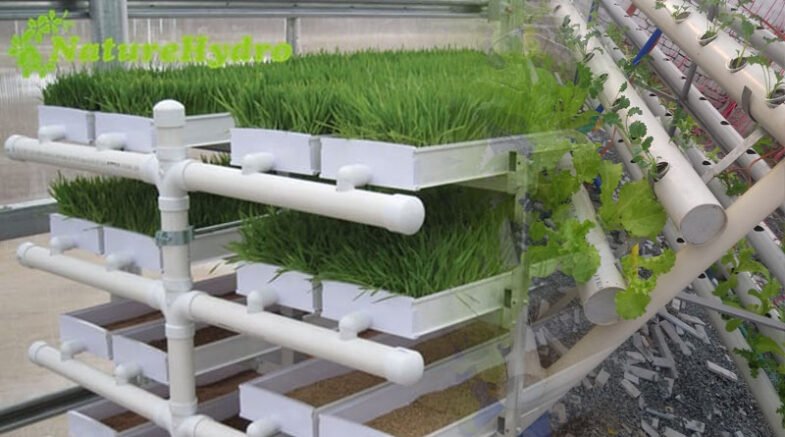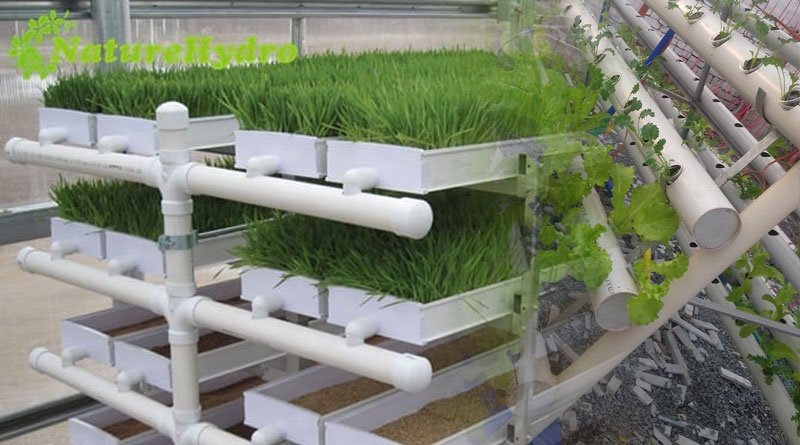The expert noted that the hydroponics farming method involved growing plants in a nutrient-rich solution that was based on water.

Dr. Nazar Farid, a professor and hydroponics expert at the Muhammad Nawaz Sharif University of Agriculture (MNSUA) stated that vegetables and fruits are grown vertically, and high-value crops can be started without the use of soil in the hydroponics technique.
The promotion of hydroponic fruits and vegetables can help generate foreign exchange because they have a high nutritional value in addition to their aesthetic beauty and are also a popular choice among people in European nations.
The expert noted that the hydroponics farming method involved growing plants in a nutrient-rich solution that was based on water. Instead of using soil, hydroponics supports the root system with an inert medium like coco coir, perlite, rockwool, clay pellets, peat moss, or vermiculite.
He revealed that MNSAU had brought in coco coir and peat moss to instruct college students in the hydroponic farming technique. Although hydroponics is expensive in the beginning, there is a need to look for particular markets for the consumption of high-value fruits and vegetables, he said.
On a global scale, there are a lot of markets and hydroponic vegetables in Europe. Nutrient-dense fruits and vegetables are in high demand. He insisted that hydroponic vegetables are more expensive than other vegetables grown in soil.
According to Dr. Nazar Farid, it is expensive because farmers must spend more on hydroponic inputs. There are two types of costs: infrastructure costs and operational costs. But there are lots of health advantages to hydroponics. Every nutrient that plants need is provided in a calculated manner.
The needs for plant feeds vary depending on where a plant is in its life cycle. He noticed that neat and clean irrigation water is used for hydroponic crops. Reverse osmosis (RO) plant irrigation for the hydroponic unit has been installed at MNSUA.
He responded that high-value crops have seen rising demand over the years when asked about them. According to him, these are typically used in salads. Hydroponics is frequently used to grow tomatoes, lettuce, cucumber, spring onions, peppers, spinach, strawberries, and blueberries, among other foods.
Dr. Nazar stated that CPEC would be operational very soon and that many multinational corporations would begin doing business in CPEC in response to the question of how Pakistani farmers would profit from this expensive technique. In the coming years, he continued, the marketing of high-value crops would improve throughout the region.
Dr. Nazar suggested the government extend subsidies to spread the hydroponics technique across the nation as a suggestion for the promotion of hydroponic vegetables and fruits. Large-scale farming would undoubtedly contribute to generating the most foreign exchange, even though the farming method is used in some parts of Pakistan. The experts claimed that China, the United States, and the Netherlands were making enormous profits by exporting these crops.
